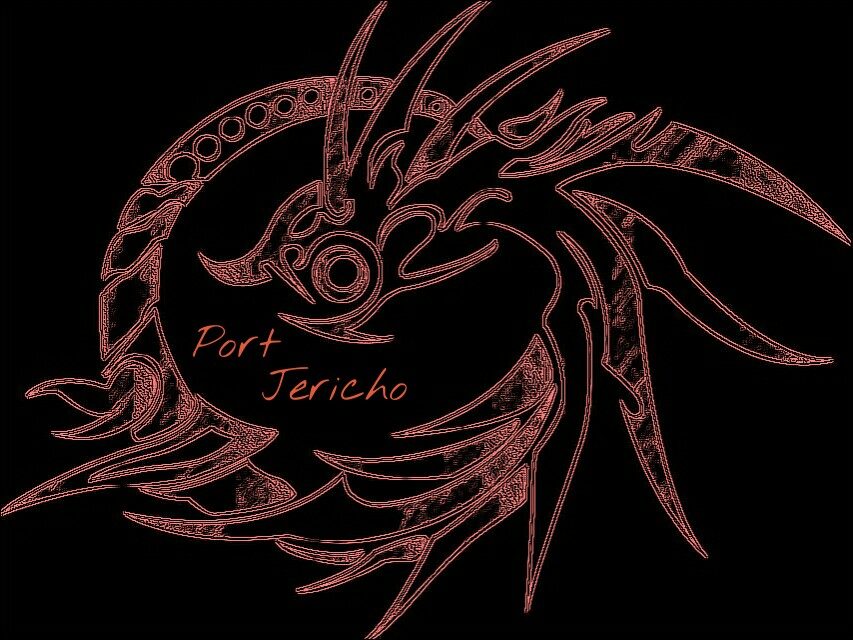
This book was reviewed via Lola’s Book Tours
Issaura’s Claws tells the story of Lluava, a Theriomorph tigress conscripted into the Elysian army, and sent Thowcelemine to be trained as all Theriomorph women are trained, as support roles to the warriors, such as being healers.
Lluava soon proves there is much more fire to her than most first believed. She doesn’t want to sit behind the lines. She wants to fight as the men are being trained to fight. After much debate amongst the heads of the training camps, Lluava is allowed to train at Durog during the day, and return to Thowcelemine at night. She hardly has it easy. The males resent her presence and go out of their way to shun her. Argon, who leads Durog, doesn’t want her there either. Rather than give up, Lluava doubles down and earns her place among the fighters. Things get even more interesting when the Theriomorph fighters get paired with a human fighter with whom they must learn to work. Our plucky tigress gets a very special partner, and the two devise ways to get the other pairs to trust one another.
All too soon it must come to an end when Raiders from a far shore invade Elysia. A surprise ambush to the southern training camps decimates the south army forces. Lluava and her fellow soldiers must prove their mettle in the field of battle amidst a ruthless enemy and crushing betrayal.
Wibell did an amazing job of weaving together elements of disjointed mythic traditions into a startling new whole, as well as playing with common tropes, whitewashing them with freshness. I feel shapeshifting is becoming overdone today, usually in the form of an angsty werewolf forced to bear a monthly curse. The Theriomorphs are what they are by nature, and, while there are wolves, there are a great many other species represented, including the white tigress of the main character.
I really want to know more about Theriomorph culture and biology. How are therio traits passed? What dictates the animal a person becomes? Families can be comprised of quite different beasts, such as Lluava’s own. How is this possible? What age do they first shift at? Is this biology, magick, or both? So many questions for the anthropologist in me.
There were minor spelling and grammar errors, but nothing too distracting in my opinion. There were several places with odd punctuation and added spaces, though again, not necessarily distracting. I also feel that more showing and less telling would improve things. Part Two seemed somewhat rushed/disjointed. The flow of battle felt off and I found the times and distances in part 2 very dissonant. I had a hard time mentally translating.
??? perfect for fans of Tamora Pierce, Anne Bishop’s The Others series, and Elizabeth Moon’s Deeds of Pakssenarion

